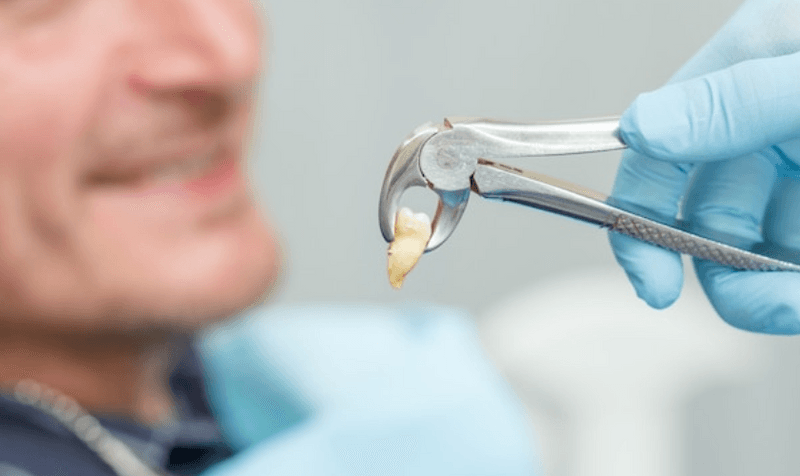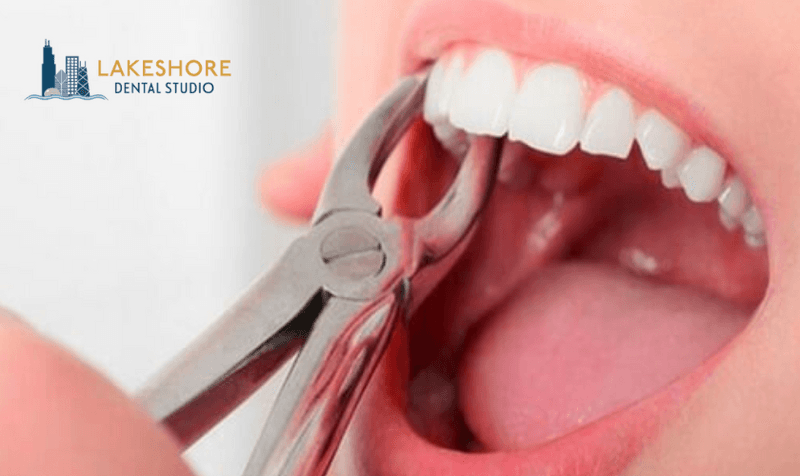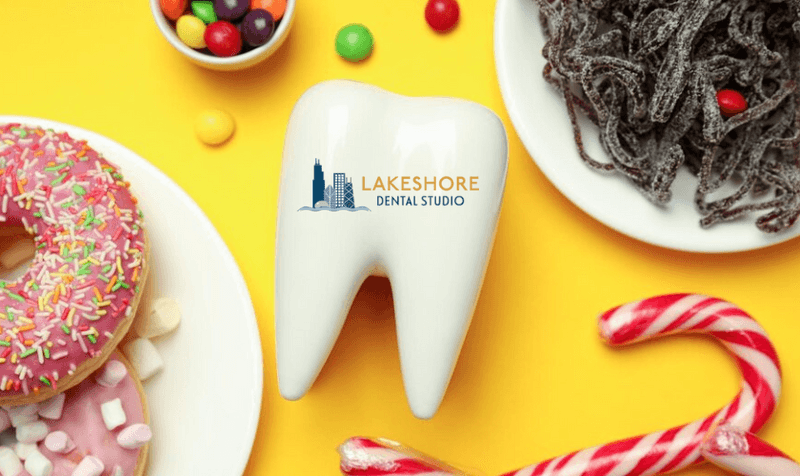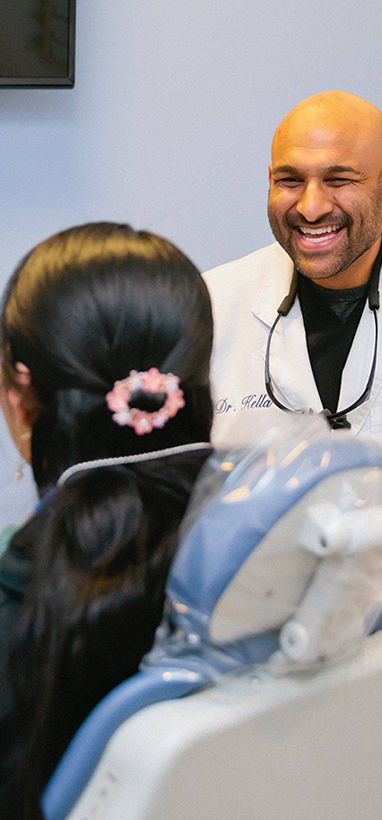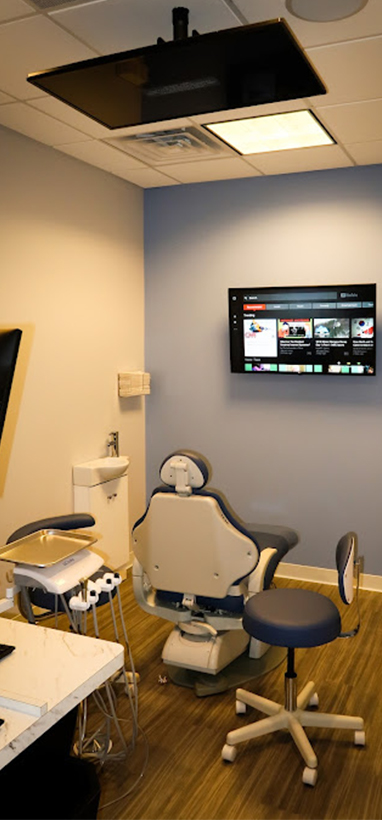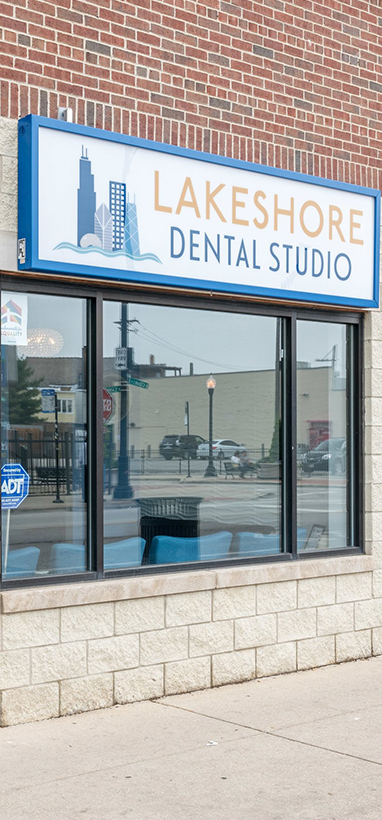5505 N. Clark Street Chicago, IL 60640

What To Eat After A Tooth Extraction: A Comprehensive Guide

Undergoing a tooth extraction is a common dental procedure, but the recovery period requires careful attention to diet to ensure proper healing and avoid complications. What you eat after the extraction can significantly impact your recovery, so it’s crucial to follow dietary guidelines and choose foods that promote healing while minimizing discomfort. This comprehensive guide will explore what to eat after a tooth extraction, including recommended foods, those to avoid, and tips for a smooth recovery.
Understanding Tooth Extraction Recovery
Tooth extraction is a procedure where a dentist removes a tooth from its socket in the bone. Recovery involves the healing of the gum tissue and the formation of a blood clot in the extraction site. Proper care is essential to ensure that the site heals well and to prevent issues such as dry socket, infection, or prolonged bleeding.
Key Phases of Healing
- Immediate Post-Extraction Period (First 24 Hours): The initial period after extraction is crucial for setting the stage for healing. This phase involves managing bleeding and beginning the process of clot formation.
- Early Healing (Days 2-5): During this period, the gum tissue starts to heal, and the initial discomfort should begin to subside. It’s essential to continue following dietary recommendations to avoid disrupting the healing process.
- Ongoing Healing (Days 6 and Beyond): As healing progresses, you can gradually reintroduce a broader range of foods. However, caution is still needed to avoid foods that could cause discomfort or hinder recovery.
Recommended Foods After Tooth Extraction

In the days following a tooth extraction, choosing soft, easy-to-eat foods is essential. These foods should be gentle on the extraction site and easy to consume without chewing too much. Here are some recommended foods to include in your post-extraction diet:
1. Smoothies
Smoothies are an excellent choice after tooth extraction because they are soft, nutritious, and easy to consume. They can be packed with fruits, vegetables, and protein sources like yogurt or protein powder. Be sure to avoid using a straw, as the suction can dislodge the blood clot and lead to dry socket.
Examples: Banana smoothie, berry smoothie with yogurt, green smoothie with spinach and avocado.
2. Mashed Potatoes
Mashed potatoes are soft and easy to eat, making them a great option during recovery. They provide essential carbohydrates and can be flavored with mild seasonings. Ensure they are well-mashed and smooth to avoid any discomfort.
Tips: Avoid adding large chunks or crispy toppings.
3. Yogurt
Yogurt is a soothing and soft food that provides protein and probiotics, which can aid in the healing process. Choose plain or non-acidic varieties to avoid irritation.
Suggestions: Greek yogurt, plain yogurt with soft fruit purees.
4. Applesauce
Applesauce is smooth and easy to digest, making it a suitable choice for post-extraction recovery. It offers some vitamins and can be a mild, non-irritating option.
Tip: Choose unsweetened applesauce to avoid excess sugar.
5. Scrambled Eggs
Scrambled eggs are soft and rich in protein, making them an ideal choice for a balanced post-extraction meal. Ensure they are cooked until soft and avoid adding hard or crispy ingredients.
Preparation: Cook eggs until they are soft and creamy.
6. Pudding
Pudding is another soft food that can be soothing after a tooth extraction. It is easy to eat and can provide a comforting treat during recovery.
Suggestions: Vanilla pudding, chocolate pudding.
7. Broths and Soups
Clear broths and smooth soups are great for staying hydrated and getting nutrients without having to chew. Avoid soups with large chunks or seeds, and make sure the temperature is not too hot to prevent irritation.
Examples: Chicken broth, vegetable broth, smooth cream soups.
Foods to Avoid After Tooth Extraction
Certain foods can interfere with the healing process or cause discomfort. It’s important to avoid these foods to ensure a smoother recovery:
1. Hard Foods
Hard foods can be difficult to chew and may dislodge the blood clot, leading to complications like dry socket. Avoid crunchy foods such as nuts, popcorn, and hard candies.
2. Sticky Foods
Sticky foods can adhere to the extraction site and may be challenging to clean. This can increase the risk of infection or disrupt the healing process. Avoid foods like caramel, taffy, and gummy candies.
3. Spicy Foods
Spicy foods can irritate the extraction site and cause discomfort. It’s best to avoid hot peppers, spicy sauces, and foods with strong seasonings until the site has fully healed.
4. Acidic Foods
Acidic foods can cause irritation and may lead to increased discomfort. Avoid citrus fruits, tomatoes, and other highly acidic foods.
5. Hot Foods and Beverages
Very hot foods and beverages can cause discomfort and may dissolve the blood clot, leading to complications. Opt for lukewarm or cool foods and drinks during the initial healing phase.
6. Small Seeds and Grains
Foods with small seeds or grains, such as strawberries with seeds or whole-grain bread, can get stuck in the extraction site and cause issues. Stick to smooth or well-blended options.
Tips for Eating After Tooth Extraction
To ensure a smooth recovery and minimize discomfort, follow these tips:
1. Stay Hydrated
Drinking plenty of fluids is crucial for recovery. Water, herbal teas, and clear broths are good options. Avoid using straws, as the suction can dislodge the blood clot.
2. Eat Soft Foods
Focus on soft, easy-to-eat foods that require minimal chewing. Gradually introduce more solid foods as healing progresses.
3. Maintain Oral Hygiene
While you should avoid brushing the extraction site directly for the first 24 hours, maintaining good oral hygiene is essential. Brush your other teeth gently and rinse with an antiseptic mouthwash as recommended by your dentist.
4. Avoid Smoking
Smoking can impede the healing process and increase the risk of complications. Avoid smoking or using tobacco products during your recovery period.
5. Follow Your Dentist’s Instructions
Your dentist will provide specific instructions for your post-extraction care. Follow these instructions closely, including any dietary recommendations or restrictions.
Sample Meal Plan for the First Few Days
Here is a sample meal plan to guide you in choosing appropriate foods after a tooth extraction:
Day 1:
- Breakfast: Smoothie made with banana, yogurt, and a handful of spinach.
- Lunch: Creamy tomato soup and a serving of applesauce.
- Dinner: Mashed potatoes and a small serving of scrambled eggs.
- Snack: Plain yogurt with a drizzle of honey.
Day 2:
- Breakfast: Oatmeal made with soft, finely chopped fruit.
- Lunch: Chicken broth with small, soft pasta pieces.
- Dinner: Soft, well-cooked pasta with a mild sauce and a serving of pudding.
- Snack: Smoothie with mixed berries and Greek yogurt.
Day 3:
- Breakfast: Soft scrambled eggs with a side of mashed avocado.
- Lunch: Creamy vegetable soup with a small serving of soft bread.
- Dinner: Mashed sweet potatoes and a small serving of yogurt.
- Snack: Smoothie or a serving of pudding.
When to Contact Your Dentist
While most tooth extractions heal without issues, it’s important to be aware of signs that may indicate a problem. Contact your dentist if you experience:
- Severe or Persistent Pain: Intense pain that doesn’t improve with over-the-counter pain medication.
- Excessive Bleeding: Continued bleeding beyond the initial 24 hours.
- Signs of Infection: Swelling, redness, or discharge from the extraction site.
- Dry Socket Symptoms: Severe pain and a foul taste or odor, indicating the loss of the blood clot.
Recovering from a tooth extraction requires careful attention to your diet to ensure proper healing and minimize discomfort. By choosing soft, nutritious foods and avoiding those that can irritate or disrupt the healing process, you can support your recovery and return to your normal diet more quickly. Follow your dentist’s recommendations and monitor your recovery closely. With proper care, you’ll be back to enjoying your regular meals in no time.



